The 2020 Global Misinfodemic Report examines the impact of COVID-19 outside of the Global North.
Meedan is pleased to announce the 2020 Global Misinfodemic Report, a multidisciplinary, transnational collaboration of information scholars, legal experts, journalists and fact-checkers, focused on examining the impacts of COVID-19 misinformation in Kenya, South Korea, Iran, India, Hong Kong, Brazil and other regions. Working with scholars, verification experts and journalists from major academic institutions, broadcasting stations and fact-checking organizations, the Global Misinfodemic Report is an investigation into the way this unprecedented viral event is both reforming and confirming the state of our global information ecosystem.
In late 2019 and early 2020, as countries worked to contain the first signs of the physical virus spreading, a secondary crisis occured: misinformation on platforms like Twitter, Facebook and WhatsApp contributed to confusion, panic, and sometimes real world physical health outcomes, including death.
In a recent video broadcast, UN Secretary-General António Guterres acknowledged "This is a time for science and solidarity. Yet the global ‘misinfo-demic’ is spreading. Harmful health advice and snake-oil solutions are proliferating. Falsehoods are filling the airwaves. Wild conspiracy theories are infecting the Internet. Hatred is going viral, stigmatizing and vilifying people and groups. The world must unite against this disease, too."
A misinfodemic is a term coined by Meedan researchers in the Atlantic in 2018, and it is defined as a phenomenon that takes place when online misinformation leads to the spread of disease. The COVID-19 misinfodemic will complicate our interactions with our neighbours and our own bodies long after a treatment is approved or a vaccine is developed for the physical disease.
The report touches on these key questions:
- What types of COVID-19 misinformation are spreading online, and by whom?
- Why is COVID-19 misinformation resonating with certain communities?
- What are the varying impacts of that misinformation on public health outcomes in different parts of the world, especially emerging economies?
- What digital governance and policy issues are raised by COVID-19?
The first wave of the pandemic is beginning to settle in large parts of the developed world, but in emerging economies, the crisis may be just beginning. As the New York Times editorial board noted on April 13, 2020:
"What probably lies ahead is the spread of the coronavirus through countries ravaged by conflict, through packed refugee camps and detention centers in places like Syria or Bangladesh, through teeming cities like Mumbai, Rio de Janeiro or Monrovia, where social distancing is impossible and government is not trusted, through countries without the fiscal capacity or health services to mount a viable response.
That would be disastrous not only for them but also for the rest of the world as supplies of raw materials are disrupted, fragile economies collapse, strongmen grow stronger and the virus doubles back to reinfect northern regions."
What is also likely to ensue, long after countries in North America and Europe control their initial outbreaks, is sustained low-quality and sometimes dangerous information about the pandemic. In Meedan’s own analyses of more than 5,700 submissions to our partners’ fact-checking tiplines between January 1 and April 8, 2020, we watched COVID-19 misinformation evolve in online spaces, including:
- Unproven treatments involving tea, vitamins, hot water, heat, and hydroxychloroquine
- Misinformation about penalties for spreading misinformation or just spreading information, about the pandemic
- Xenophobia about different ethnic groups
All of this misinformation can trigger real-world health outcomes. Some countries are experiencing the most obvious and harmful manifestations of right now, such as in Iran, where people are dying from drinking Methanol after false and misleading information circulated on social media about its use as a treatment. In other regions, the misinfodemic materializes as public trust in leadership weans and citizens look to sometimes misguided informal leaders for answers to complex scientific information.
As both the physical and online virus rages on into the summer, the Global Misinfodemic Report will begin publishing groups of articles from contributors around the world. See the most recent reports and sign up for our newsletter for updates on when to expect the next batch of articles.
We collaborated with 53 partner organizations worldwide to design and carry out our 2024 elections projects. We extend special gratitude to our lead partners in Brazil, Mexico and Pakistan, whose work we highlight in this essay.
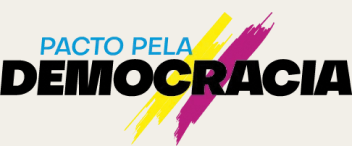
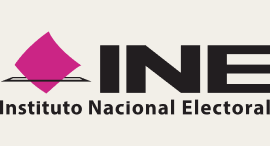
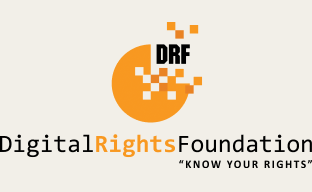
The 2024 elections projects featured in here would not have been possible without the generous support of these funders.
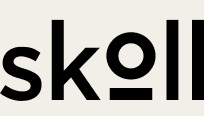


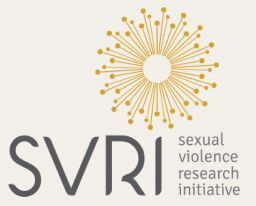
Footnotes
References
Authors
Words by
Megan runs Meedan’s Health Desk initiative as Senior Program Manager. She has worked for news outlets in Canada and the US, and holds a Peabody Award for her work on Netflix’s Patriot Act series. She has a Master of Science from the Columbia Journalism School.








